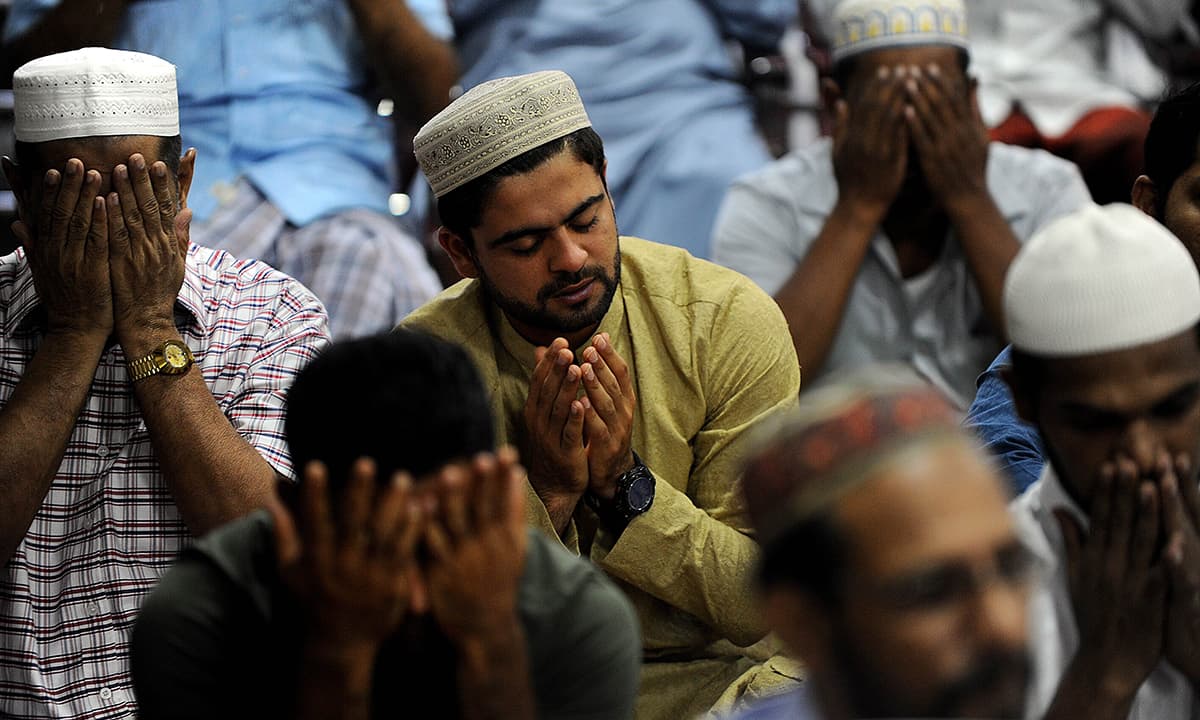Author: Shaima Nizar
One of the best things about travelling and backpacking are all the festivals that one can end up going to. For instance, travellers may be able to make their way through the streets of Goa while being showered with brightly-coloured dye at the Holi festival in India or witness the storming bulls at the Pamplona bull running festival in Spain. A nature lover, a beach bum or a culture enthusiast, whatever kind of traveller you may be, Sri Lanka’s vibrant festivals filled with local talent will not disappoint. Boasting a reputation as one of the most culturally rich cities in Asia, the Sri Lankan calendar is chock-full of festivals, and locals are always up for a celebration.
The range of festivals in Sri Lanka reflects its vibrant cultural diversity and assures you a glimpse into its rich traditions. A large number of these festivals stem from Buddhism. Innumerable practices and an enormous body of legend and history bring an extensive range of significance and association to most religious occasions. Many of the biggest and most popular are in the months of April through July. From sombre to downright rebellious, it can get overwhelming when it comes to deciding where to head first, but the following festivals are certainly worth planning a trip around.
Avurudu (Sinhala & Tamil New Year)
Over mid-April every year, as the sun moves from the House of Pisces to the House of Aries, locals welcome a brand-new year with flamboyant firecrackers, colourful fireworks, and an endless array of traditional sweets. One of the most highly celebrated festivals, not only by the Sinhalese and Tamils but by most Sri Lankans the festival was originally agricultural, marking the end of the harvest season and spring. Traditionally businesses close for the duration as many people return to their hometowns. This festival is celebrated with people getting ready for upcoming events by cleaning and decorating their homes, enjoying family meals and participating in competitive games. Sri Lanka undergoes a lively transformation during this month, travellers will experience the uniqueness of this season in different parts of the country from North to the South as each community celebrates it with their own distinctive customs and traditions.

Avurudu (Sinhala & Tamil New Year)
Over mid-April every year, as the sun moves from the House of Pisces to the House of Aries, locals welcome a brand-new year with flamboyant firecrackers, colourful fireworks, and an endless array of traditional sweets. One of the most highly celebrated festivals, not only by the Sinhalese and Tamils but by most Sri Lankans the festival was originally agricultural, marking the end of the harvest season and spring. Traditionally businesses close for the duration as many people return to their hometowns. This festival is celebrated with people getting ready for upcoming events by cleaning and decorating their homes, enjoying family meals and participating in competitive games. Sri Lanka undergoes a lively transformation during this month, travellers will experience the uniqueness of this season in different parts of the country from North to the South as each community celebrates it with their own distinctive customs and traditions.
Vesak
The Vesak festival celebrates the day of Buddha’s birth, enlightenment and death, and is significant to Buddhists all over the world. The event happens during the full moon (poya) in Mayand local towns transform their streets into a glamorous fiesta, with every inch illuminated with lights, lanterns, pandals. A pandal is a temporary structure recounting tales from the Buddha’s past lives. A highlight are the dansals or multiple free food/drink stalls that are set up by ordinary citizens who band together in the spirit of giving.

Vesak
The Vesak festival celebrates the day of Buddha’s birth, enlightenment and death, and is significant to Buddhists all over the world. The event happens during the full moon (poya) in Mayand local towns transform their streets into a glamorous fiesta, with every inch illuminated with lights, lanterns, pandals. A pandal is a temporary structure recounting tales from the Buddha’s past lives. A highlight are the dansals or multiple free food/drink stalls that are set up by ordinary citizens who band together in the spirit of giving.
Kandy Perahera
Being selected as one of the greatest shows on Earth by Traveller.com, the Kandy Esala Perahera is considered the brightest and most beautiful time of the year. Perahera means procession in Sinhalese and can takes place on several holy full moon days (Poya) on small scale , but none compare to the procession in Kandy, a city steeped in history and cultural experiences. The festival is a 10-day celebration starting in late July where a great procession honours the sacred tooth relic of the Buddha.

Kandy Perahera
Being selected as one of the greatest shows on Earth by Traveller.com, the Kandy Esala Perahera is considered the brightest and most beautiful time of the year. Perahera means procession in Sinhalese and can takes place on several holy full moon days (Poya) on small scale , but none compare to the procession in Kandy, a city steeped in history and cultural experiences. The festival is a 10-day celebration starting in late July where a great procession honours the sacred tooth relic of the Buddha.
Pongal
Held in mid-January, this Hindu winter-harvest festival honours the Sun God. It is the most popular and celebrated festival by the Tamils living in the country. The 4-day thanksgiving-for-harvest festival is celebrated with much pomp and gaiety all over the region, and its real charm is best experienced through a special sweet dish, Pongal, which is made with rice, nuts and spices.

Pongal
Held in mid-January, this Hindu winter-harvest festival honours the Sun God. It is the most popular and celebrated festival by the Tamils living in the country. The 4-day thanksgiving-for-harvest festival is celebrated with much pomp and gaiety all over the region, and its real charm is best experienced through a special sweet dish, Pongal, which is made with rice, nuts and spices.
Diwali
One of the most cherished festivities celebrated by the Sri Lankan Tamils—who comprise ~11% of Sri Lanka's 22 million people—is Diwali. The Hindu Festival of Lights takes place in late October and is celebrated for 5 days with homes being decorated with little clay lamps, and buildings and streets being illuminated in celebration. Hindu temples come alive with special offering rituals and the lighting of hundreds of lamps symbolizing the victory of good over evil forces.

Diwali
One of the most cherished festivities celebrated by the Sri Lankan Tamils—who comprise ~11% of Sri Lanka's 22 million people—is Diwali. The Hindu Festival of Lights takes place in late October and is celebrated for 5 days with homes being decorated with little clay lamps, and buildings and streets being illuminated in celebration. Hindu temples come alive with special offering rituals and the lighting of hundreds of lamps symbolizing the victory of good over evil forces.
Christmas
Christmas doesn’t need to be all twinkling fairy lights and mugs of mulled wine. If travellers dream of spending the December holidays basking in sunshine, then Sri Lanka is hard to beat. Spending Christmas here can be a truly magical experience since it is the perfect month to travel in the Central, Western and Southern regions of the island. While less than 10% of the population in Sri Lanka is Christian, Christmas is still a big celebration on the teardrop island. Every store and major building are flamboyantly decorated with trees and lights.

Christmas
Christmas doesn’t need to be all twinkling fairy lights and mugs of mulled wine. If travellers dream of spending the December holidays basking in sunshine, then Sri Lanka is hard to beat. Spending Christmas here can be a truly magical experience since it is the perfect month to travel in the Central, Western and Southern regions of the island. While less than 10% of the population in Sri Lanka is Christian, Christmas is still a big celebration on the teardrop island. Every store and major building are flamboyantly decorated with trees and lights.
Eid
Muslims make up a small percentage of Sri Lanka’s population. The most important of the Islamic festivals are ‘Eid-al-Fitr’ and ‘Eid al-Adha,’ both of which are dependent on the lunar calendar and so are moveable. The first celebrates the end of the fast of Ramadan and the second the end of the period of the Haj, or pilgrimage to Makkah. Eid in Sri Lanka is a family affair and the colours that add life into this day of celebration comes in the form of new costumes. These costumes are worn on the first couple days of Eid as a symbol of renewal and starting afresh with a clean slate, physically and spiritually.

Eid
Muslims make up a small percentage of Sri Lanka’s population. The most important of the Islamic festivals are ‘Eid-al-Fitr’ and ‘Eid al-Adha,’ both of which are dependent on the lunar calendar and so are moveable. The first celebrates the end of the fast of Ramadan and the second the end of the period of the Haj, or pilgrimage to Makkah. Eid in Sri Lanka is a family affair and the colours that add life into this day of celebration comes in the form of new costumes. These costumes are worn on the first couple days of Eid as a symbol of renewal and starting afresh with a clean slate, physically and spiritually.
This blog just scratches the surface of what can be found in this vivacious country! Sri Lanka holds a wealth of religious traditions with mighty parades, drummers and dancers. Heavily influenced by Buddhism, Hinduism, Catholicism and Islam, the culture in this country fuses ancient ceremonies and contemporary customs to create a buzzing calendar of both religious and secular events, which would take a lifetime to experience.


